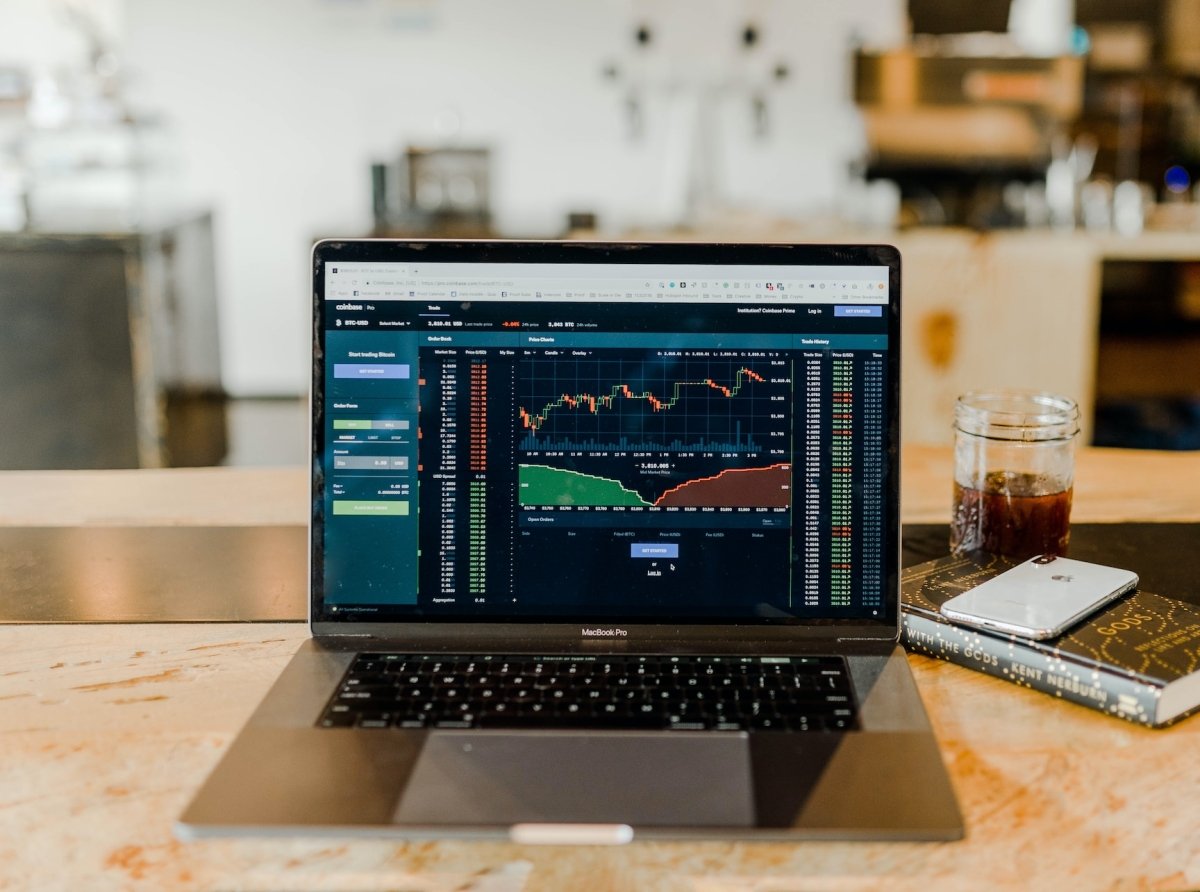Comparing CFD and Forex trading: analyzing similarities and differences

In this article, we will compare two popular investment tools - CFDs and Forex currency pairs. We will look at their similarities and differences to help you choose the right one for you. If you want to learn more about trading the financial markets and make an informed decision, then don't miss this information until the end of the article!
Comparing CFD and Forex trading: analyzing
similarities and differences
Introduction:
- Explanation of the essay topic
- Description of the importance of comparing CFD trading and Forex currency pairs trading
Overview of CFD trading:
- Definition of CFD (contract for difference)
- Advantages and disadvantages of CFD trading
- Analyzing the tools and strategies available for CFDs
Forex currency pairs overview:
- Forex market definition
- Advantages and disadvantages of trading currency pairs
- Analyzing the main factors affecting the exchange rate
Similarities between CFDs and Forex currency pairs:
- The role of liquidity in both markets
- Possibility of using margin trading in both markets
- Dependence on economic conditions
Differences between CFDs and Forex currency pairs:
- The level of risk involved in trading each instrument
- Market access options (brokerage account vs exchange floor)
- Time limits for making trades
Conclusion:
A brief summary of the comparison of CFD and Forex currency pairs trading based on the presented analysis of similarities and differences.
CFD (contract for difference) trading and Forex currency pairs trading are two popular forms of investment that offer the opportunity to capitalize on changes in asset prices. In this article, we will look at the similarities and differences between these two instruments to help traders choose the best option for them.

Comparing CFD and Forex trading: analyzing similarities and differences
Introduction:
CFD and Forex currency pair trading are forms of speculative investments that are based on changes in the prices of financial assets. They allow traders to capitalize on both the rise and fall in the price of an asset. Comparing these two forms of trading is important for traders to determine which one better suits their goals.
CFD and Forex currency pair trading are forms of speculative investments that are based on changes in the prices of financial assets. They allow traders to capitalize on both the rise and fall in the price of an asset. Comparing these two forms of trading is important for traders to determine which one better suits their goals.
CFD Trading Overview:
CFDs are contracts for the difference in the value of the underlying asset between the start and end points of a trade. The benefits of CFD trading include accessibility to a wide range of instruments - stocks, commodities, indices and others. CFDs also allow traders to utilize margin trading, which allows them to maximize potential profits. However, the disadvantages of CFDs are the high level of risk and the possibility of losing all invested capital.
Forex currency pairs overview:
Forex is an international currency exchange market where traders transact in a variety of currency pairs. The benefits of Forex trading include high liquidity and 24-hour availability. Traders are also able to use margin trading to increase their earning power. The disadvantages of the Forex market are high volatility and difficulty in analyzing the major factors that can affect the exchange rate.
CFDs are contracts for the difference in the value of the underlying asset between the start and end points of a trade. The benefits of CFD trading include accessibility to a wide range of instruments - stocks, commodities, indices and others. CFDs also allow traders to utilize margin trading, which allows them to maximize potential profits. However, the disadvantages of CFDs are the high level of risk and the possibility of losing all invested capital.
Forex currency pairs overview:
Forex is an international currency exchange market where traders transact in a variety of currency pairs. The benefits of Forex trading include high liquidity and 24-hour availability. Traders are also able to use margin trading to increase their earning power. The disadvantages of the Forex market are high volatility and difficulty in analyzing the major factors that can affect the exchange rate.
Similarities between CFDs and Forex currency pairs:
Both of these instruments depend on market liquidity, which means that it will be easy for traders to find counterparties to transact at the desired price. In addition, both markets allow the use of margin trading, which can increase potential profits. Finally, both CFDs and Forex are dependent on economic conditions and the influence of major factors.
Differences between CFDs and Forex currency pairs:
One of the main differences between the two instruments is the level of risk involved. CFD trading involves a much higher level of risk than Forex trading. Also, the market access options differ: CFDs require opening a brokerage account, while Forex currency pairs require a connection to a specialized exchange platform. Finally, the time for making transactions also has its own peculiarities: on the Forex market you can make transactions 24 hours a day, while CFDs are limited to the working hours of the exchange.
Both of these instruments depend on market liquidity, which means that it will be easy for traders to find counterparties to transact at the desired price. In addition, both markets allow the use of margin trading, which can increase potential profits. Finally, both CFDs and Forex are dependent on economic conditions and the influence of major factors.
Differences between CFDs and Forex currency pairs:
One of the main differences between the two instruments is the level of risk involved. CFD trading involves a much higher level of risk than Forex trading. Also, the market access options differ: CFDs require opening a brokerage account, while Forex currency pairs require a connection to a specialized exchange platform. Finally, the time for making transactions also has its own peculiarities: on the Forex market you can make transactions 24 hours a day, while CFDs are limited to the working hours of the exchange.
Conclusion:
Trading CFDs and currency pairs in the Forex market offer traders the opportunity to capitalize on changes in the price of financial assets. An overview of the similarities and differences between these two forms of trading will help traders choose the best option for them. It is important to consider the advantages and disadvantages of each instrument, as well as understand your level of risk, in order to make an informed decision when choosing between CFDs and Forex currency pairs.
trading, CFDs, currency pairs, Forex, comparison, analysis, similarities, differences
Trading CFDs and currency pairs in the Forex market offer traders the opportunity to capitalize on changes in the price of financial assets. An overview of the similarities and differences between these two forms of trading will help traders choose the best option for them. It is important to consider the advantages and disadvantages of each instrument, as well as understand your level of risk, in order to make an informed decision when choosing between CFDs and Forex currency pairs.
trading, CFDs, currency pairs, Forex, comparison, analysis, similarities, differences









Report
My comments